Disclosure: This article contains affiliate links. We may earn a commission from purchases at no extra cost to you, which helps our travel content.
Standing at the edge of Stanley Park as the early morning light filters through ancient cedars, I'm reminded of why Vancouver captivates me time and again. The city exists at a remarkable intersection of natural grandeur and human ingenuity, much like the ancient sites I typically document. But unlike those weathered ruins, Vancouver pulsates with contemporary energy while still honoring the land's original stewards. Having visited this coastal gem multiple times over the past decade—often between my archaeological expeditions—I've developed an appreciation for Vancouver beyond its postcard vistas. This guide shares my week-long journey through the city's distinctive neighborhoods, revealing layers of history, culture, and local rhythms that casual tourists often miss. As someone who's spent a lifetime studying how people connect with spaces, I invite you to experience Vancouver not as a visitor, but as a temporary local.
Commercial Drive: The Cultural Mosaic
My relationship with 'The Drive' began years ago when a fellow archaeologist—a Vancouver native—insisted I experience this neighborhood's distinctive character. Unlike downtown's polished facades, Commercial Drive offers a vibrant, multicultural tapestry that feels genuinely lived-in. The area's Italian roots remain evident in establishments like Cafe Calabria, where I start most mornings watching elderly gentlemen debate politics over espresso with the same intensity I've witnessed in rural Italian villages.
What makes this neighborhood special is how waves of immigration have created fascinating cultural layers. Ethiopian restaurants neighbor Italian delis, which sit beside Latin American cafes. As someone who studies the evolution of communal spaces across civilizations, I find it remarkable how The Drive maintains distinct cultural identities while fostering a cohesive neighborhood spirit.
For book lovers, The People's Co-op Bookstore offers thoughtfully curated titles on local history and Indigenous perspectives. I discovered an out-of-print volume on Coast Salish architectural traditions here that transformed my understanding of regional settlement patterns. Nearby, Pulpfiction Books rewards patient browsing with unexpected treasures.
When hunger strikes, I bypass tourist-oriented spots for Havana Restaurant, where the back patio offers a perfect setting for reviewing field notes while enjoying their plantain chips and mojitos. For dinner, try Jamjar for Lebanese home cooking that reminds me of meals shared with local families during my research in the Middle East.
The Drive's magic happens at street level—take your time, observe the interactions, and let the neighborhood's rhythm guide your exploration. This is Vancouver at its most authentic.
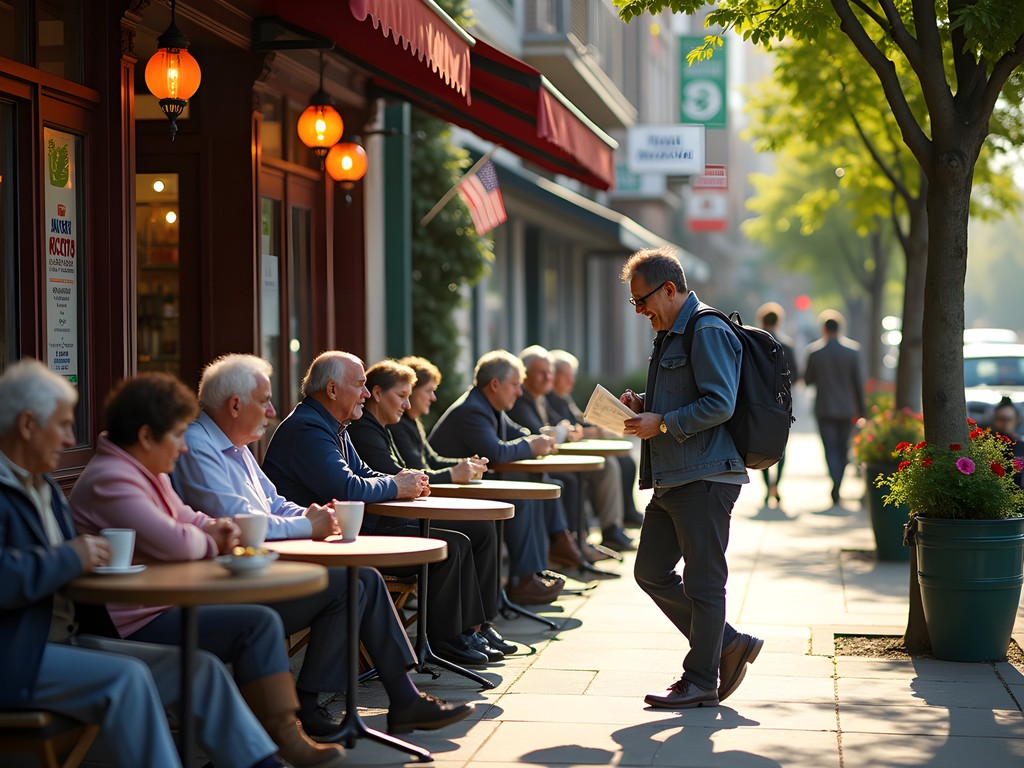
💡 Pro Tips
- Visit Grandview Park on weekend afternoons for impromptu music performances
- The first Thursday of each month features gallery openings and extended shop hours
- Try the Ethiopian coffee ceremony at Harambe Restaurant—it's reminiscent of ritual coffee preparations I've documented in Ethiopia's historical villages
Indigenous Vancouver: Uncovering Ancient Connections
As an archaeologist who's spent decades studying how ancient peoples connected with their environments, exploring Vancouver's Indigenous heritage sites provides essential context for understanding this land. The city sits on the unceded territories of the Musqueam, Squamish, and Tsleil-Waututh Nations—a fact that resonates deeply when you know where to look for their continuing presence.
Start at the Museum of Anthropology at UBC, which houses one of North America's finest collections of Northwest Coast Indigenous art. Unlike many museums that present Indigenous cultures as historical artifacts, MOA actively collaborates with First Nations communities. The towering totem poles and transformative masks here aren't merely artistic expressions—they're sophisticated communication systems encoding genealogy, territorial rights, and cosmological understanding.
For my field research, I always pack my field notebook to sketch spatial relationships and record observations. At MOA, I filled pages with drawings of how carved house posts relate to family structures and social organization—connections that became clearer during my conversations with Indigenous docents.
Beyond the museum, Stanley Park offers another dimension of Indigenous presence. While most visitors focus on the seawall, I recommend joining Talaysay Tours for their Talking Trees walk. Their Indigenous guides reveal how the seemingly untouched forest actually represents thousands of years of careful management. They identify culturally modified trees and traditional plant foods that transform how you see this 'natural' space.
In downtown Vancouver, visit the Bill Reid Gallery to understand how contemporary Indigenous artists maintain cultural continuity while addressing modern realities. The gallery's intimate scale allows for deep engagement with works that often blend traditional forms with contemporary concerns.
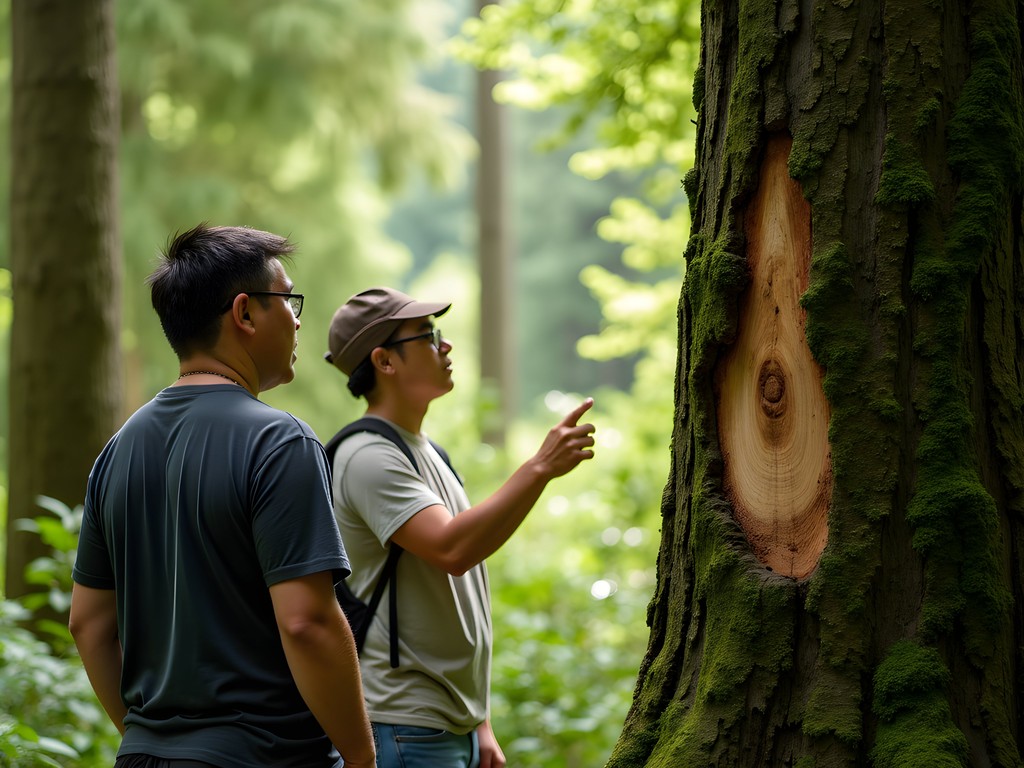
💡 Pro Tips
- Visit MOA on Thursday evenings when admission is reduced after 5pm
- Download the free Indigenous Vancouver app that maps significant sites throughout the city
- When visiting Indigenous-operated sites, practice respectful observation—ask permission before photographing ceremonies or cultural demonstrations
Main Street: Vancouver's Creative Corridor
Main Street embodies Vancouver's evolution in ways that remind me of how archaeological sites reveal cultural transitions through material remains. Once a working-class thoroughfare, this corridor now showcases the city's creative energy while maintaining connections to its industrial past.
The stretch between Broadway and 30th Avenue offers Vancouver's best independent shopping. Unlike the luxury chains downtown, these shops reflect local sensibilities and often feature goods produced within the city itself. Regional Assemblage carries beautifully crafted homewares that remind me of the functional elegance found in traditional Japanese villages I've visited.
For those interested in Vancouver's design aesthetic, The Regional Assembly of Text deserves special mention. This letter-press studio and stationery shop celebrates analog communication in our digital age. Their monthly letter-writing club connects strangers through the increasingly rare act of handwritten correspondence—a practice I maintain with colleagues worldwide using my fountain pen that's accompanied me through field seasons on three continents.
Main Street's food scene reflects its diverse character. Avoid the Instagram-famous spots with lines stretching around the block and instead try Anh and Chi for Vietnamese cuisine that honors traditional recipes while embracing contemporary presentation. Their space thoughtfully incorporates design elements that reference Vietnam's architectural heritage—something I immediately appreciated given my background studying how cultural identity manifests in built environments.
The neighborhood truly comes alive during the summer's Car Free Day festival, when the street closes to vehicles and transforms into a pedestrian celebration. Local musicians, artisans, and food vendors create a community atmosphere reminiscent of market days I've documented in rural Andean communities.
What makes Main Street special is its resistance to complete gentrification. Despite upscale developments, you'll still find repair shops, community centers, and multi-generational businesses that maintain the area's working roots.
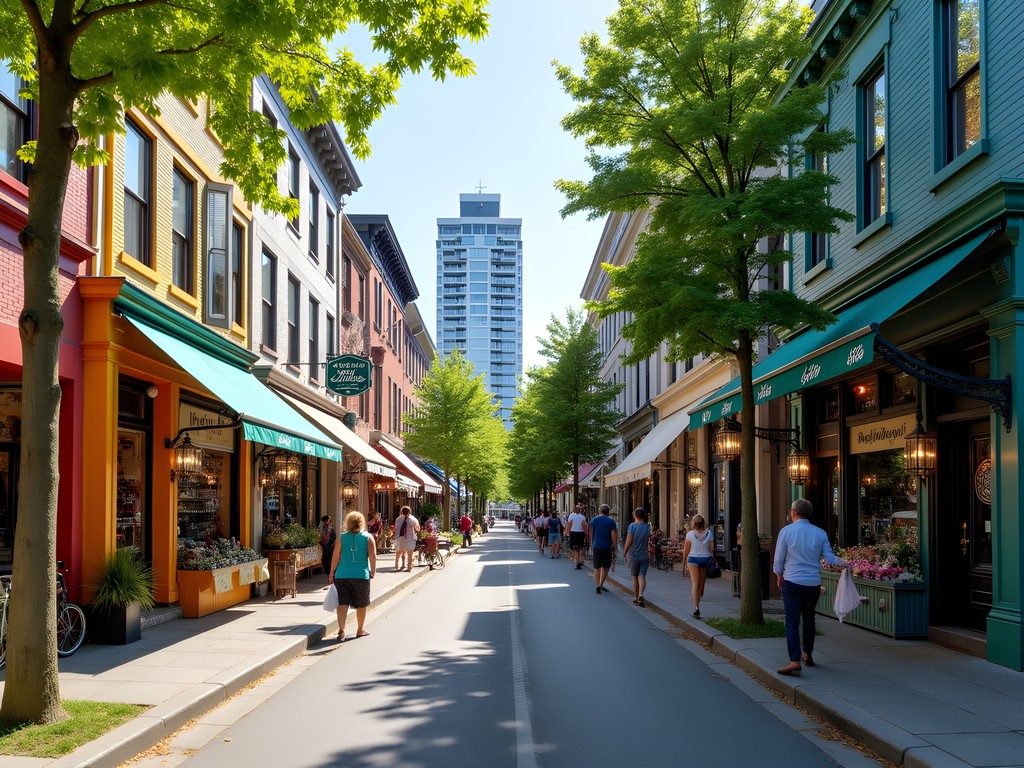
💡 Pro Tips
- Visit on the second Thursday evening monthly when many galleries and shops stay open late
- Check the bulletin boards at local coffee shops for underground music events and art shows not advertised online
- The best thrift and vintage shopping happens on the blocks south of 19th Avenue
False Creek and Olympic Village: Urban Transformation
My archaeological perspective makes me particularly attuned to how spaces transform over time, which is why False Creek fascinates me. This inlet has undergone multiple reinventions—from industrial harbor to Olympic showcase to contemporary eco-conscious community. Walking the seawall here offers lessons in urban evolution comparable to studying settlement patterns in ancient sites.
Start at Granville Island, once a gritty industrial area now repurposed as a vibrant market district. While tourists flock to the main market building, I prefer exploring the artisan studios in the Net Loft and industrial buildings housing glassblowers, boat builders, and textile artists. These spaces maintain connections to the area's working past while embracing creative futures.
From there, follow the seawall east toward Olympic Village. This neighborhood, built to house athletes during the 2010 Winter Games, has matured into one of North America's most progressive urban communities. The architecture incorporates passive solar design principles similar to those I've documented in ancient Pueblo structures, demonstrating how environmental wisdom often transcends time.
For those interested in sustainable urban design, Hinge Park showcases how constructed wetlands can filter stormwater while creating habitat—a modern echo of water management systems I've studied in ancient Mesopotamian cities.
When exploring this area, I rely on my compact binoculars to spot herons fishing in the restored shoreline habitats and to examine architectural details on the innovative buildings. These lightweight optics have proven invaluable for both wildlife observation and studying distant structural elements in my archaeological work.
The village's public spaces deserve special attention. The plaza near Science World features indigenous plantings and public art that references both the area's natural history and industrial past. The thoughtful integration of historical narrative into contemporary space reminds me of how the best archaeological sites in Japan contextualize ancient structures within living communities.
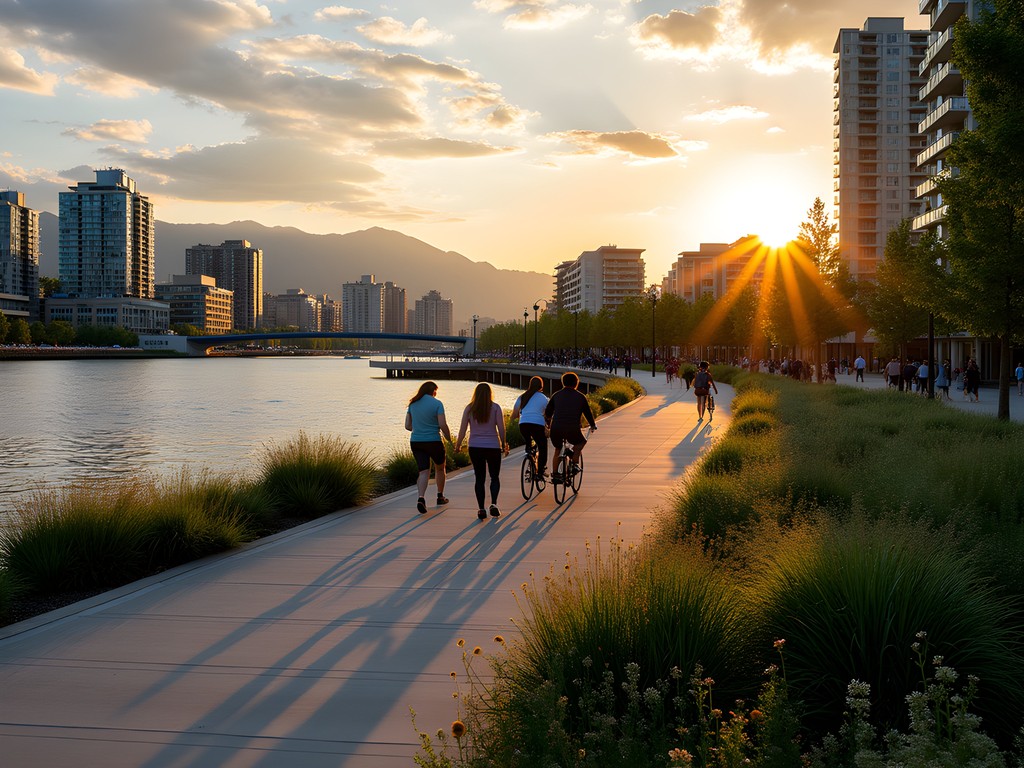
💡 Pro Tips
- Rent a kayak from Creekside Kayaks for a water-level perspective of False Creek's transformation
- Visit Craft Council of BC on Granville Island to find museum-quality works by local artisans
- The Olympic Village Farmers Market (Thursdays, May-October) offers better prices and more authentic local interaction than the tourist-oriented Granville Island Market
East Vancouver's Hidden Green Spaces
While Stanley Park receives deserved acclaim, Vancouver locals know that the city's eastern neighborhoods conceal remarkable green spaces that offer more intimate connections with nature. As someone who studies how communities throughout history have created sacred and communal outdoor spaces, I find these lesser-known parks particularly revealing of Vancouver's values.
Start with Trout Lake (officially John Hendry Park) in the Cedar Cottage neighborhood. Unlike the manicured downtown parks, Trout Lake preserves a wilder aesthetic where urban and natural systems visibly interact. The lake itself serves as a catchment basin, demonstrating how indigenous water management principles can be incorporated into modern infrastructure—similar to systems I've documented in pre-colonial Andean settlements.
On Saturday mornings, the park hosts one of Vancouver's best farmers markets. I've spent many mornings here conversing with local producers whose multi-generational farming practices maintain agricultural traditions that predate the city's existence.
For a more immersive forest experience, Renfrew Ravine Park protects Vancouver's last visible above-ground creek. The ravine's microclimate supports plant communities that have largely disappeared from the urban landscape. Walking its paths, I'm reminded of how ancient peoples often preserved sacred groves within developed areas—a practice that spans cultures from Japan to Mesoamerica.
My exploration of these green spaces is always enhanced by my field guide which helps identify native species and understand their traditional uses by Indigenous peoples. This knowledge transforms a simple walk into a deeper reading of the landscape's cultural history.
Perhaps the most remarkable hidden green space is Strathcona Community Garden. This 3.5-acre urban oasis was reclaimed from industrial wasteland by neighborhood residents in the 1980s. Today, its meandering paths reveal imaginative growing spaces, an orchard of heritage fruit trees, and a pond system that supports surprising biodiversity. The garden demonstrates how collective action can transform degraded spaces into thriving community assets—a pattern I've observed in resilient communities worldwide.
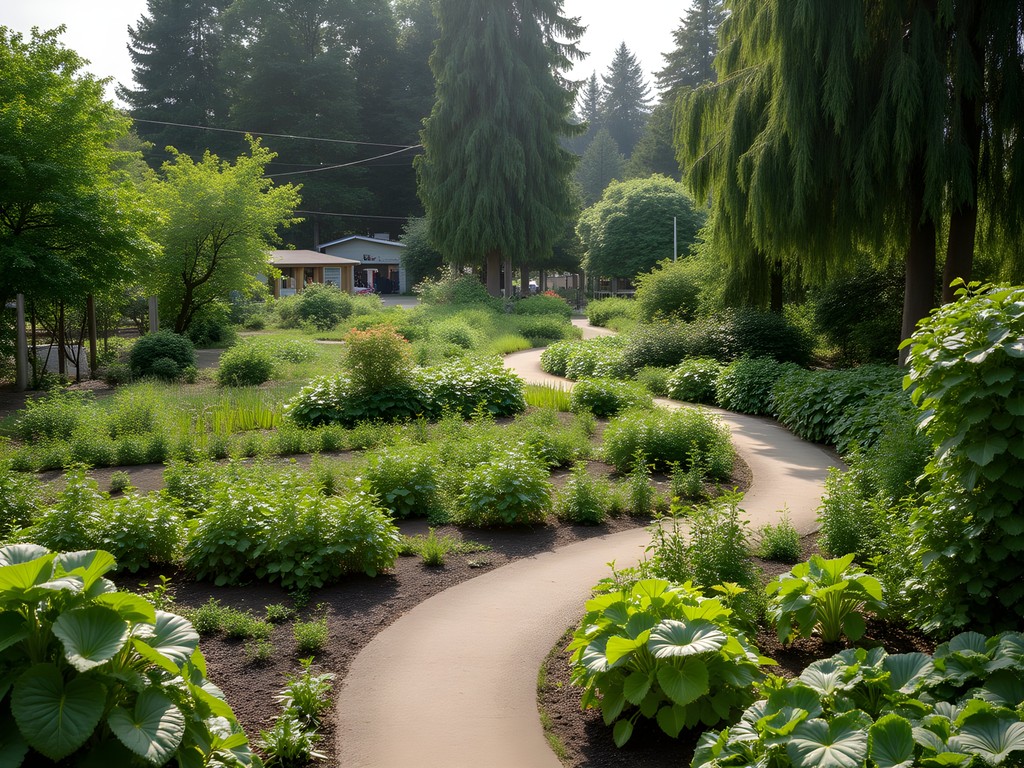
💡 Pro Tips
- Visit Trout Lake early on weekday mornings to spot beavers working along the shoreline
- The Still Creek area of Renfrew Ravine is one of the few places in Vancouver where you can hear frogs singing in spring
- Strathcona Community Garden welcomes visitors, but remember it's a working space—stay on paths and respect gardeners' plots
Seasonal Rhythms: Summer Evening Rituals
Vancouver reveals itself most authentically through seasonal traditions that bring residents outdoors during the precious summer months. As someone who documents how sites transform across seasons, I'm particularly drawn to these cyclical community gatherings that connect modern Vancouverites to both place and each other.
The most magical of these traditions happens at Third Beach in Stanley Park each Tuesday evening. This informal drum circle begins as the sun approaches the horizon, drawing hundreds of participants who dance, play instruments, or simply observe from blankets spread across the sand. The gathering has no formal organization yet follows unwritten protocols that have evolved organically over decades.
What fascinates me as an archaeologist is how this space transforms temporarily into something resembling ancient communal gathering sites I've studied across cultures—from Native American ceremonial grounds to Mediterranean festival spaces. The circle creates concentric rings of participation, from core drummers to dancers to observers, mirroring social organization patterns found in traditional communities worldwide.
Another summer evening ritual occurs at neighborhood parks throughout East Vancouver. Outdoor movie screenings transform these spaces into contemporary versions of the ancient Greek agora—public gathering places where community bonds strengthen through shared experience. Bring a blanket and picnic to join locals at Pandora Park or Grandview Park for these screenings.
For those seeking a more contemplative evening experience, Dr. Sun Yat-Sen Classical Chinese Garden offers extended summer hours on Fridays. As twilight transforms the garden's carefully composed elements, you'll understand why traditional Chinese landscape design emphasizes experiencing spaces at different times of day. My travel tripod allows me to capture the subtle light transitions that make this garden particularly magical at dusk—a technique I've used documenting seasonal light effects at archaeological sites from Chaco Canyon to Petra.
These evening rituals reveal Vancouver's true character—a city that values communal experience and connection to natural rhythms despite its modern urban form.
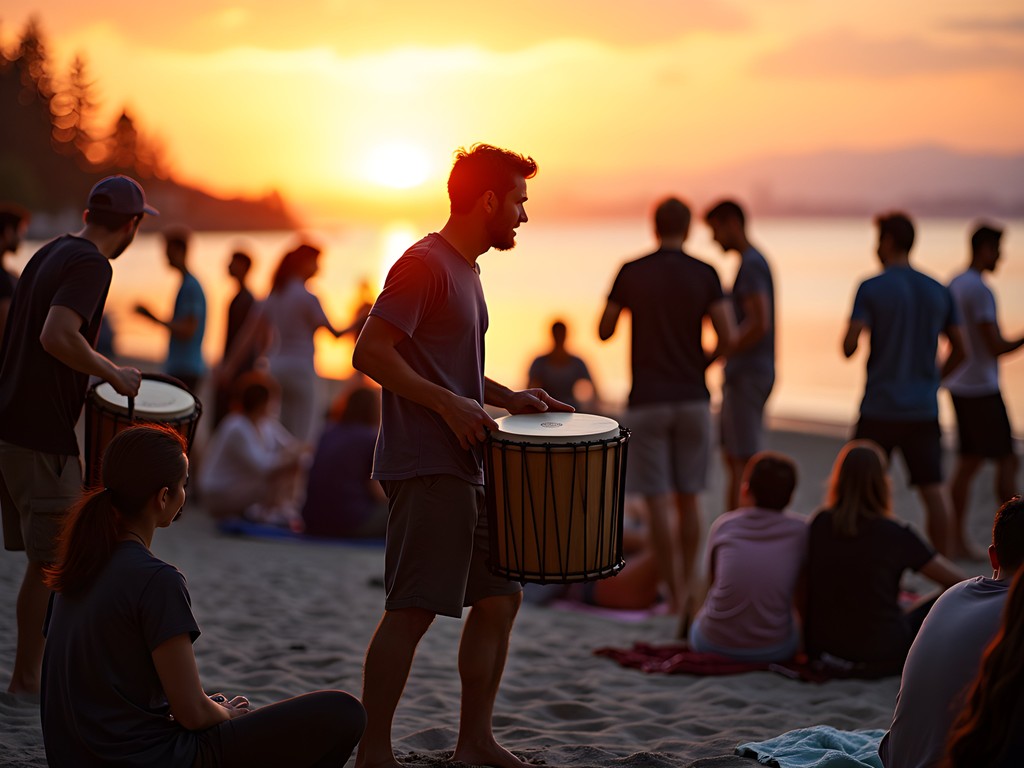
💡 Pro Tips
- Arrive at Third Beach drum circle by 7pm to claim a good spot before crowds form
- Many outdoor movie nights are free, but some request donations—bring cash to support these community initiatives
- The Chinese Garden's Friday twilight hours often include traditional music performances in the central pavilion
Final Thoughts
As my week in Vancouver draws to a close, I'm reminded that truly knowing a place means understanding its rhythms—both the visible patterns of daily life and the deeper currents of history that shape a city's character. Vancouver exists in fascinating tension between its ancient Indigenous foundations, its relatively recent colonial past, and its aspirational future as a model for sustainable urban living. The neighborhoods we've explored offer different entry points into this complex identity, each revealing layers that casual tourism often misses. Whether you're tracing the original shoreline through downtown, discovering how immigrant communities have transformed Commercial Drive, or joining locals for sunset rituals at Third Beach, the authentic Vancouver emerges through these experiences. I encourage you to approach the city with the patience of an archaeologist—observing carefully, asking questions, and allowing patterns to reveal themselves gradually. Vancouver rewards those willing to look beyond its spectacular setting to engage with the human stories that give this place its distinctive spirit.
✨ Key Takeaways
- Connect with Vancouver's Indigenous heritage through guided experiences that provide cultural context
- Explore neighborhood green spaces to understand how locals actually use the city
- Participate in community gatherings like farmers markets and evening beach circles to experience Vancouver's social fabric
- Look for traces of multiple historical layers in each neighborhood you visit
📋 Practical Information
Best Time to Visit
June through September
Budget Estimate
$150-250 per day including accommodations
Recommended Duration
7-10 days
Difficulty Level
Easy
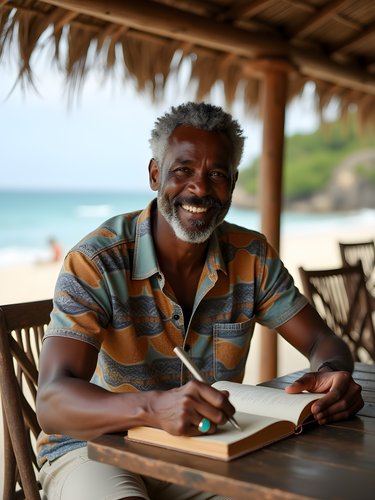
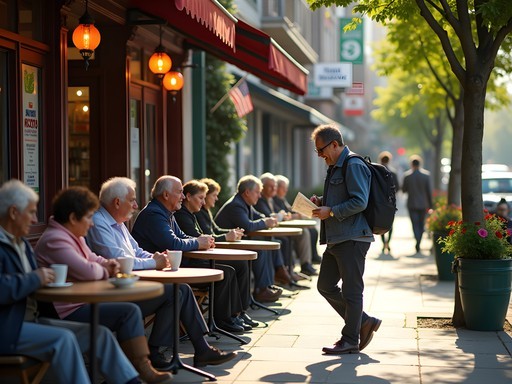
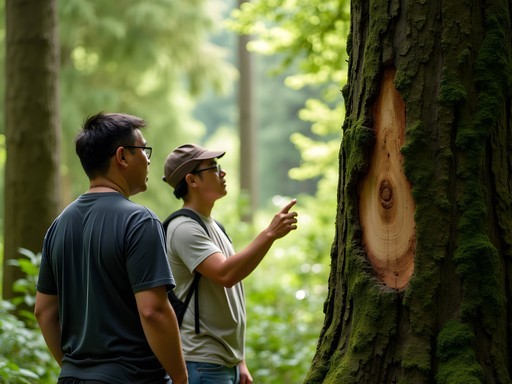
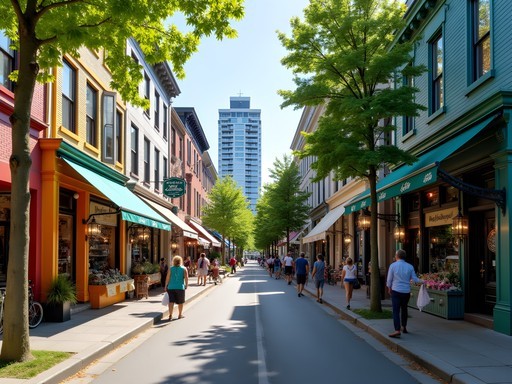
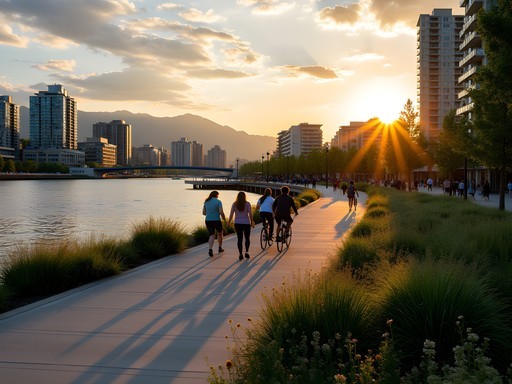
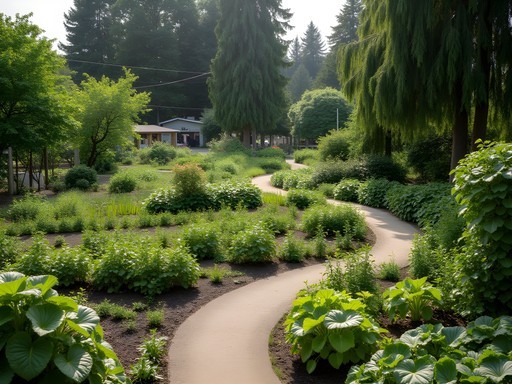




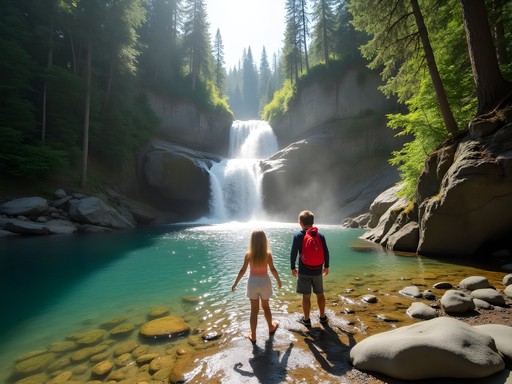

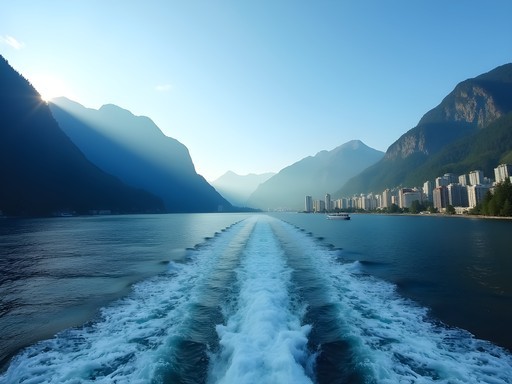
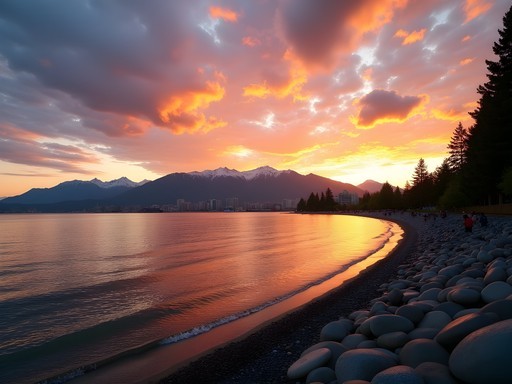
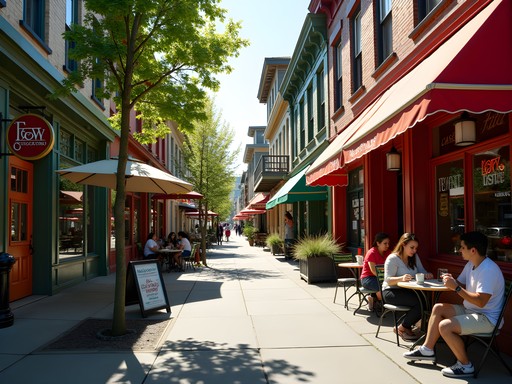

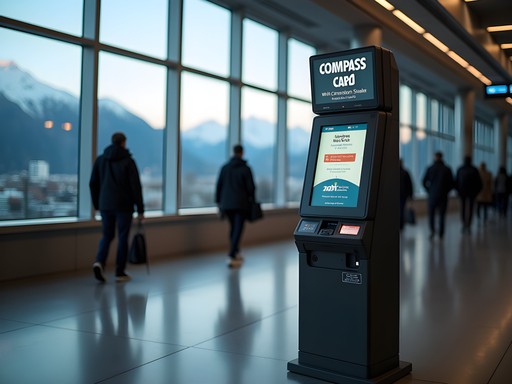
Comments
Jean Wells
Jamie, I appreciate your coverage of Indigenous Vancouver. Too many visitors miss this crucial aspect of the city's identity. I took a guided walk with Talaysay Tours through Stanley Park last year that completely transformed my understanding of the area. The guide shared traditional Squamish stories about the land that you simply won't find in conventional guidebooks. I'd also recommend the Museum of Anthropology at UBC for anyone interested in deeper cultural context - their collection of First Nations art and artifacts is world-class. I spent an entire rainy afternoon there with my travel journal taking notes on everything I learned.
dreamexplorer
The indigenous tour sounds amazing! Adding it to my list for sure.
dreamexplorer
This Commercial Drive area sounds amazing! How walkable is it? I'm planning a trip to Vancouver this summer and want to explore neighborhoods where I don't need to rent a car.
Jean Wells
Commercial Drive is extremely walkable! I spent three days just in that neighborhood last year. The beauty of Vancouver is its excellent public transit system - the SkyTrain connects most major areas, and buses fill the gaps. I actually found a wonderful small B&B just off Commercial Drive that put me right in the heart of everything.
dreamexplorer
That's so helpful, thanks! Did you have any favorite spots on Commercial Drive?
Jean Wells
Definitely try Café Calabria for authentic Italian coffee and people-watching. The Cultch theater has interesting local performances if you enjoy arts. For dining, I recommend La Mezcaleria for amazing Mexican food - their queso fundido is incredible! The Drive (as locals call it) has this wonderful mix of Italian heritage and multicultural influences that makes it special.
backpack_wanderer
Those sunrise photos from Stanley Park are incredible! Added to my bucket list.
TravelWithKids
Great post! We're visiting with our 8 and 10 year old next month. Any specific family-friendly spots in these neighborhoods you'd recommend?
VancouverLocal88
Not the author but Science World near Olympic Village is amazing for kids that age! Also the water taxi to Granville Island - the Kids Market there has tons of activities and shops just for them.
Jamie Owens
VancouverLocal88 gave great suggestions! I'd add that the Indigenous storytelling experiences at the Museum of Anthropology are surprisingly engaging for kids too. And Stanley Park has an amazing water park in summer months.
islandadventurer
Just got back from Vancouver and Main Street is EXACTLY as described here! So many cool shops and cafes. Don't miss Liberty Bakery - their pastries are incredible. And The Regional Assembly of Text has the cutest stationery if you're into that! We did the public transportation too and it was super easy to get around.
springperson
Thanks for the Main St tips! Did you need a special card for public transit or can you pay as you go?
islandadventurer
You can get a Compass Card (reloadable) or just tap your credit card! Super convenient. The SeaBus to North Vancouver is worth it just for the views!
Jean Wells
Jamie, your piece really captures Vancouver's neighborhood essence beautifully. I particularly appreciate your coverage of Indigenous connections - something many visitors overlook. When I visited last month, I took the Talking Trees tour in Stanley Park with a Squamish Nation guide, which added incredible depth to my understanding of the region. The transformation of False Creek is indeed remarkable - I remember visiting pre-Olympics and the change is dramatic. I'd add that the Granville Island Public Market is still worth visiting despite being touristy - go early (before 9am) to avoid crowds and watch fishmongers set up. I documented my own neighborhood explorations with my travel journal which has useful maps for each area.
islandadventurer
Jean - did you need to book the Talking Trees tour in advance? That sounds amazing!
Jean Wells
Yes, definitely book at least a few days ahead, especially in summer. It fills up quickly!
beachphotographer
Those Stanley Park photos are STUNNING! Definitely adding Vancouver to my bucket list!
springperson
Going to Vancouver next month! Any food spots on Commercial Drive you'd particularly recommend? The cultural mosaic part got me excited!
Jean Wells
Not the author, but I was just there last month! Havana for Cuban-inspired brunch is fantastic. And don't miss Café Calabria for the best people-watching on The Drive. The Italian delis are amazing too - try La Grotta del Formaggio for sandwiches.
springperson
Thanks Jean! Adding these to my list. Can't wait for those sandwiches!
VancouverLocal88
As a Vancouver resident, I'm impressed by how well you captured our neighborhoods! One small addition for Main Street: check out the Sunday farmers market at Mount Pleasant if you're here in summer. And the breweries in the area are some of the best craft beer spots in Canada - Brassneck and 33 Acres are local favorites.
John Hart
Excellent coverage of Vancouver's neighborhood character. I spent three months there in 2023 researching for my Pacific Northwest series. Your section on Indigenous connections particularly resonated - the Talking Trees tour in Stanley Park completely transformed my understanding of the area's history. I'd add that taking the SeaBus to North Vancouver opens up another dimension of the city often overlooked by visitors. The Lonsdale Quay market and the proximity to mountain trails make it worth the 15-minute harbor crossing. I documented the entire transit system using my travel journal which proved invaluable for mapping neighborhood connections.
dreamexplorer
North Vancouver! I missed that completely on my trip. Is the SeaBus part of the regular transit system?
John Hart
Yes, the SeaBus is fully integrated with Vancouver's transit system - same ticket/card works for buses, SkyTrain and SeaBus. Runs every 15 minutes during the day. The view of the downtown skyline from the water is worth the trip alone!
Jamie Owens
John, great suggestion about North Vancouver! I actually considered including it but was trying to keep the post focused on the core neighborhoods. The Capilano Suspension Bridge is another North Shore gem, though quite touristy compared to the local spots we're discussing.
Venture X
Premium card with 2X miles, $300 travel credit, Priority Pass